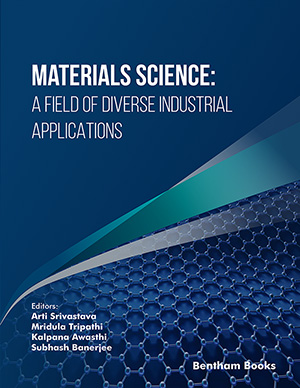Abstract
Nanotechnological interventions have extensively been used as an efficient non-invasive approach in agriculture for disease protection, to improve yield and many more. The use of engineered nanomaterials (like metal-oxide nanoparticles) as fertilizers,pesticides, carriers for genetic material/RNA/protein, sensors for detection of contaminants and toxic compounds etc. have been extensively studied and reported. Interaction between plants and nanomaterials plays an important role in their applications for various purposes in agriculture and otherwise. In this chapter, mechanisms of uptake and mode of action of three commonly used metal oxide (TiO2, CuO, ZnO) nanomaterials in plants have been reviewed. The chapter also summarises the various studies conducted on the effect of these nanomaterials on different agricultural food crops in the last 2 decades. The thorough review of existing literature on the aforementioned areas indicates that although the published data on terrestrial phytotoxicity of metal oxide NPs is increasing continuously but surprisingly the range of selected plants is still narrow (mostly agricultural crops and seed plants), thus random selection of plants (outside this narrow range) should be made to gain better insights into the various impacts of nanomaterials on plants.
Keywords: CuO, Mode of action, Phytotoxicity, TiO2 , Uptake mechanisms, ZnO.






















